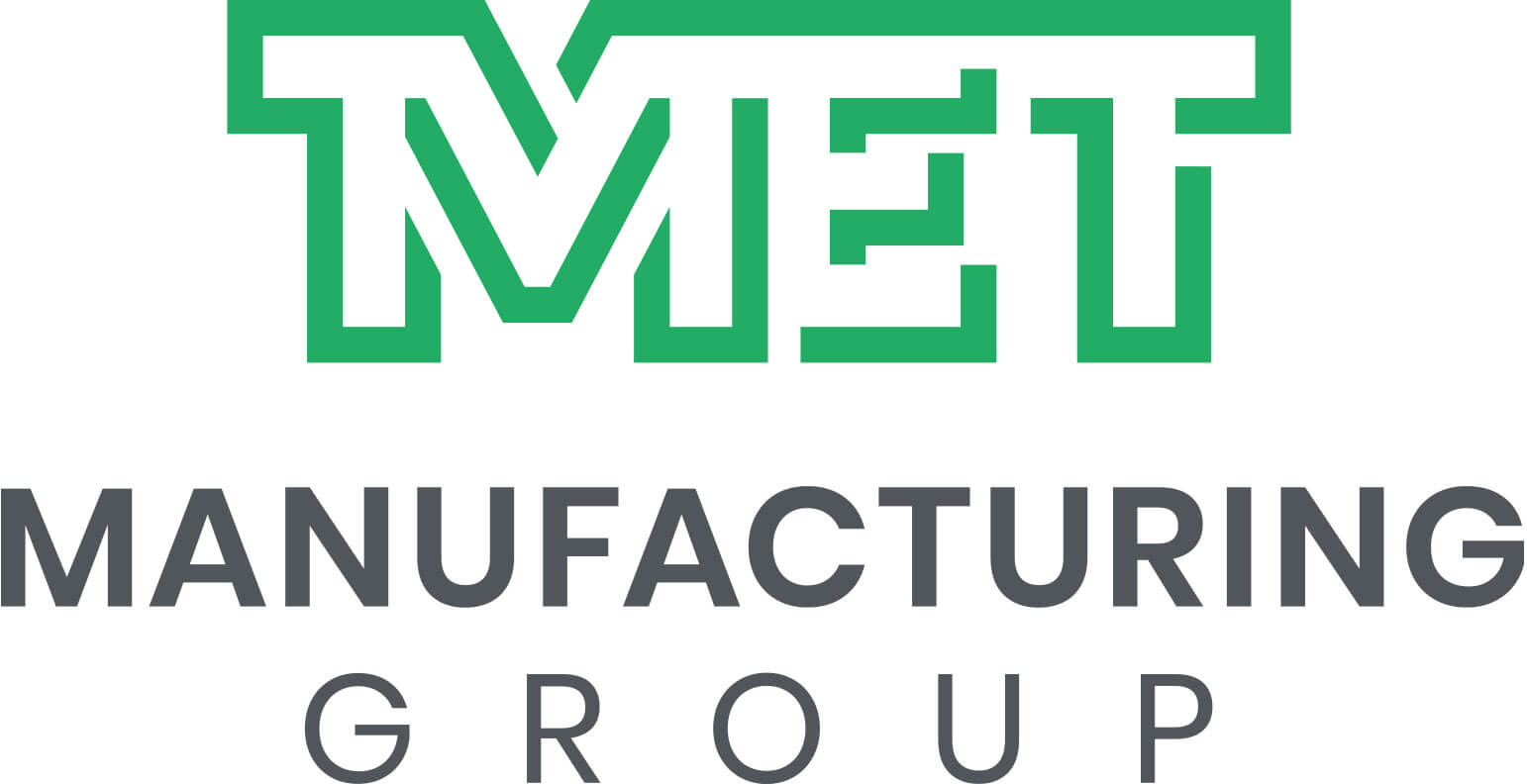PROCESS BREAKDOWN: Photochemical Etching
Leave a CommentMET Manufacturing Group (MET) specializes in photochemical etching (aka photochemical milling) by using ferric chloride acid to erode away selective areas on metal and metal alloy substrates. Utilizing customer prints and designs, MET manufactures phototooling to meet customer specifications and produce high quality photo etched products. Below is a breakdown of the photochemical etching process at MET.
Material Cutting, Preparation Processing
MET procures etching materials from a network of domestic, USA suppliers (RoHS/DFARS compliant) at the mill direct and material service center level. MET commonly processes on s 12”x19” sheet/panel size. This “common size” profile allows MET to effectively etch the features required in most chemical milling applications. It also provides the working space to effectively nest multiple pieces or designs per sheet to offer the end user the best price per piece. MET can offer various sizes for etched panels, with a minimum of 4”X4” and a maximum of 18”X30”.
Utilizing a unique coil identification number, MET is able to assign material to jobs at the routing phase to set up proper material assignments and begin the traceability process. Once the sheets are cut to size, MET processes the material through a unique cleaning process based on the material type. This cleaning process removes mill processing oils, light rust/scale, and optimally prepares the substrate for photoresist application.
Photoresist Lamination
The cleaned material is then processed through a photoresist lamination process where a light sensitive, organic resist is coated to the surface of the panel. This photoresist is designed to adhere to the working panel throughout the entire etching process and acts as a mask to deflect the etching acid.
NOTE: this same process can be used after the etching application as a selective plating for detailed applications.
Tooling and Tooling Alignment
Every part manufactured through MET’s photochemical etching process requires phototooling. The tooling is made up of two thin mylar sheets, a top and a bottom with silver based ink printed to provide a negative of the final etched part. The silver ink provides protection from UV light during the exposure process.
MET utilizes alignment targets along the border of the tooling to ensure the top and bottom films are registered properly.
Exposure
In this process step, the aligned tooling is mated with the photoresist laminated sheet. This tool to material combination is put into a machine that exposes UV light to the panel. The areas on the panel where the silver based ink is printed will block UV from the photoresist whereas the exposed, clear mylar area will be exposed away. This is the first step in transferring the product image onto the to-be-etched panel.
Development
Development is the final etching preparation process where an alkaline solution is used to dissolve away the remaining, unwanted photoresist on the panel. Essentially the areas that are desired to be etched will fully dissolve and expose the original base material.
The development process is critical and precise. Utilizing a conveyorized developer, a skilled operator will set the conveyor speed, measure and tweak the development chemistry levels, and hold the appropriate temperature. If the operator develops the material too soon the residual lamination will not be completely removed causing the acid etching to deflect from the intended etched features. In contrast, if developed too long the imaging of the part may be distorted or the photoresist will become brittle, causing failures at fine details or edges of the etched features.
Etching
MET uses a wet etching process with Ferric Chloride as the etchant. The etchant rapidly oxidizes the substrate with the intent to fully or partially remove the surface of the base base material in the intended, engineered areas. As more metal and metal alloys are introduced into the ferric chloride etching bath the bath will lose its strength. It is a common practice to etch stainless steel and carbon based alloys on a fresh bath. As the bath ages there is a switch over point where copper, brass, and nickel alloys become nominal.
In our conveyorized Chemcut etching machines, the acid is dispersed by spray nozzles attached to an oscillating spray bar system. The acid is pressurized and sprayed onto the top and bottom of the panel as it travels down the conveyor. A highly skilled operator must be aware of the nature of the etching bath, the time and travel speed of the conveyor, and the performance of the photoresist vs the metal etching features. Most jobs require a setup sheet to be processed before final production settings are confirmed and processed.
Photoresist Removal
After etching, the operator verifies conformance of the etched product or panel to the MET print. Once approved the remaining photoresist must be removed from the panel. MET uses a stripping resist chemistry that is diluted and heat controlled for optimum resist removal. The chemistry also serves as a post etching rust inhibitor to help protect the etched metals from further oxidation. After a final rinse, the products are ready to be submitted to Quality Control for final review and certification of conformance to customer print specifications.
Thank you for following this MET photochemical etching process breakdown. MET is interested in helping you with your next project that could utilize our contract etching services.
Please contact us at sales@met-mfg.com or call 574-293-3342!











